Dubai aims to build an underwater tunnel connecting the city to the Indian subcontinent—a project that, at first glance, seems unreal. An engineering fantasy. Yet in Dubai, even the act of designing such an ambitious idea sends a clear message: the future is something to be boldly built, not merely predicted.
This is not the first time Dubai has astonished the world. The Palm Islands—artificial landmasses that expanded the UAE’s map into the Persian Gulf in the shape of a palm tree—were once considered impossible. Today, they not only exist but are home to residences, hotels, and vibrant communities. The Burj Khalifa, the tallest human-made structure on earth, towers over a city that just a few decades ago was little more than a small port. Driverless metro lines, smart city initiatives, flying taxis, and now an international underwater tunnel—all form part of an approach that challenges the notion of “impossible.”
At the centre of these ambitions stands one name: Sheikh Mohammed bin Rashid Al Maktoum. The UAE’s Vice President, Prime Minister, and Ruler of Dubai is a man with a unique mindset. He once said, “Impossible is just a word not found in my dictionary.” But what sets Sheikh Mohammed apart from other Arab leaders in the region? Why does he act with such futuristic vision and technological daring in a world where many rulers still govern with old models?
The answer is complex but clear: he believes in the future, not just the present. In a decade when oil revenues were the backbone of regional governments, Sheikh Mohammed chose a different path. He recognised that oil is a finite resource; innovation is infinite.
Unlike many governments that spent their wealth on consumption or short-term expenses, Dubai under his leadership transformed capital into a structure—a framework for a post-oil economy based on knowledge, technology, and sustainable tourism. This vision elevated Dubai from a modest port city to a global metropolis. Dubai International Airport is now among the busiest in the world. Expo 2020 marked a milestone, reintroducing Dubai to the world as a capital of innovation and opportunity.
Behind these grand projects lies a philosophy. Sheikh Mohammed did not merely aim to build a city; he sought to build an image—an image of Dubai as a place where the future lives. This is exactly what Elon Musk has done in the West: creating dreams that are initially met with skepticism but ultimately reshape the world.
This comparison is no coincidence. Just as Elon Musk pushed the boundaries of imagination with Tesla, SpaceX, and his transport and space ventures, Sheikh Mohammed has, on an urban and national scale, broken limits to create what was once only seen in science fiction.
Crucially, financial resources alone did not drive this transformation. Other countries in the region also possess oil wealth but have lacked strategic vision or risk-tolerant management. Dubai’s success stems from a different mindset—one that views ambition not as a threat but as an opportunity.
The impact of this outlook now extends beyond Dubai’s borders. Mohammed bin Salman, Saudi Arabia’s Crown Prince, with his Neom project and economic reforms, is following a similar path. The model first shaped in Dubai has become a blueprint for Saudi Arabia and other regional states.
Perhaps the underwater tunnel between Dubai and India will never be completed. But even if this project remains a concept, it proves one thing: the ruler of Dubai does not fear dreams. He designs them, funds them, and starts them. This is what makes Sheikh Mohammed bin Rashid not an ordinary leader, but the “Elon Musk of the Middle East.”



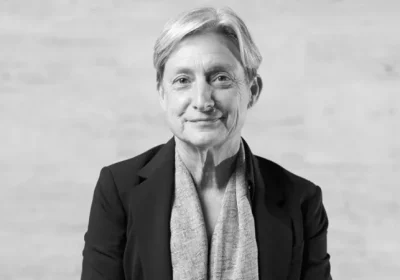


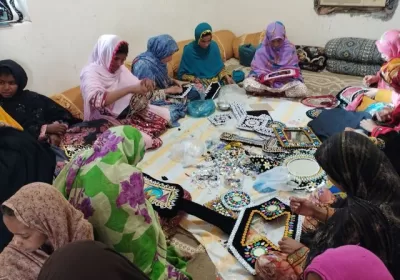
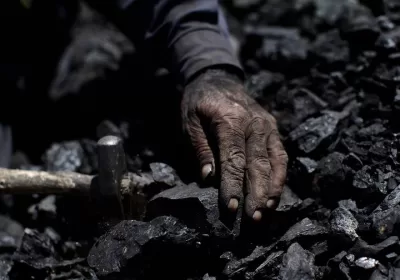




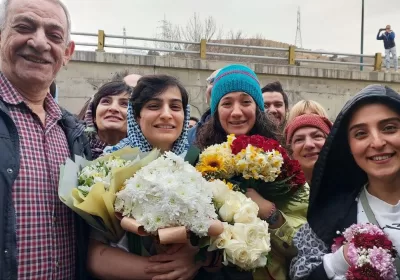

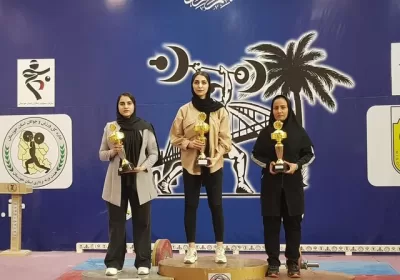
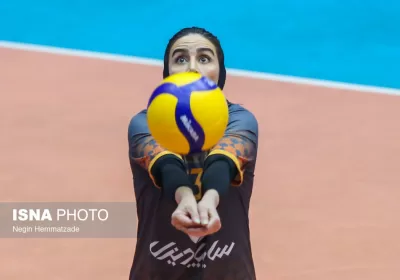
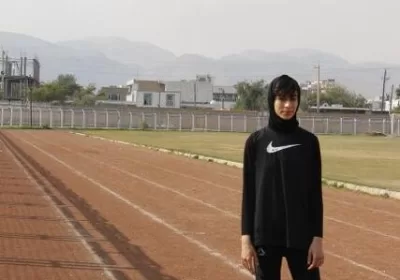
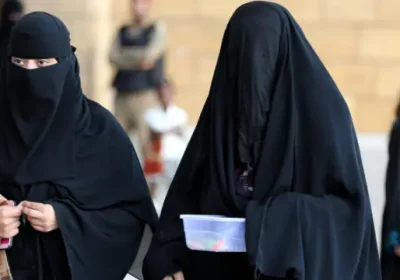




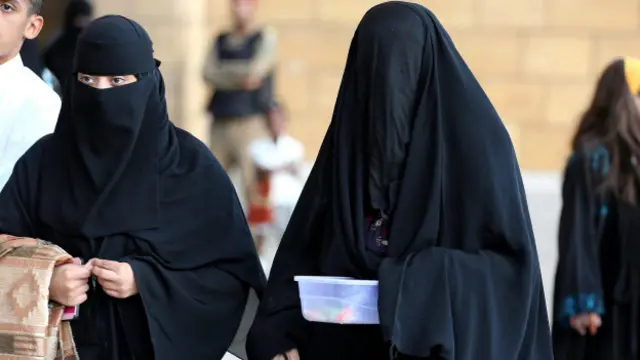


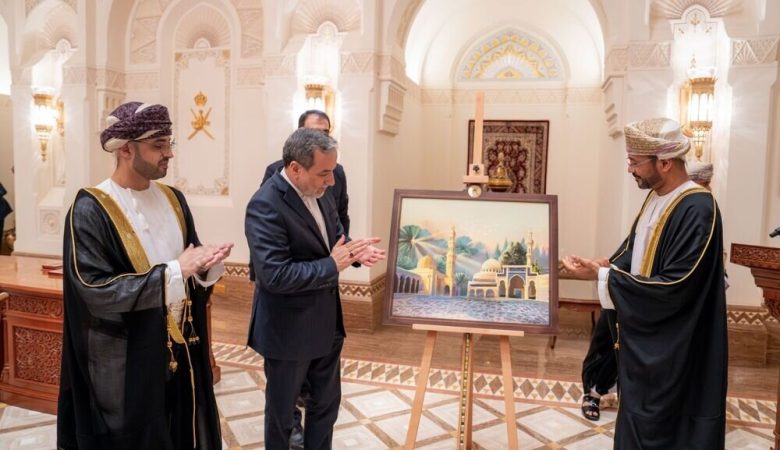
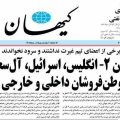
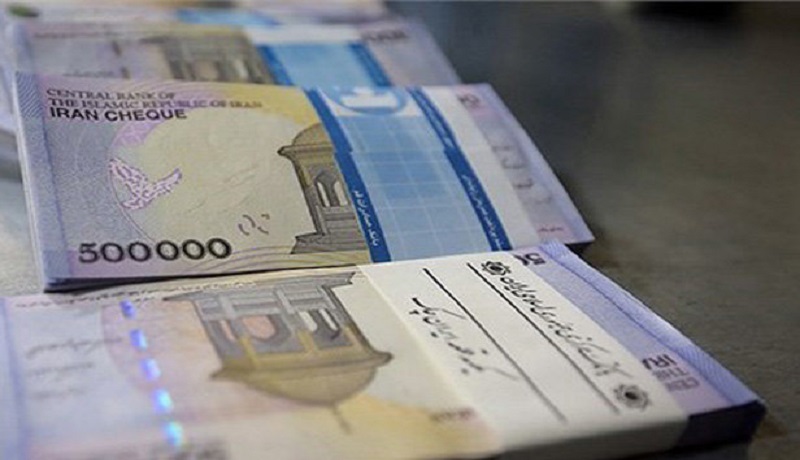


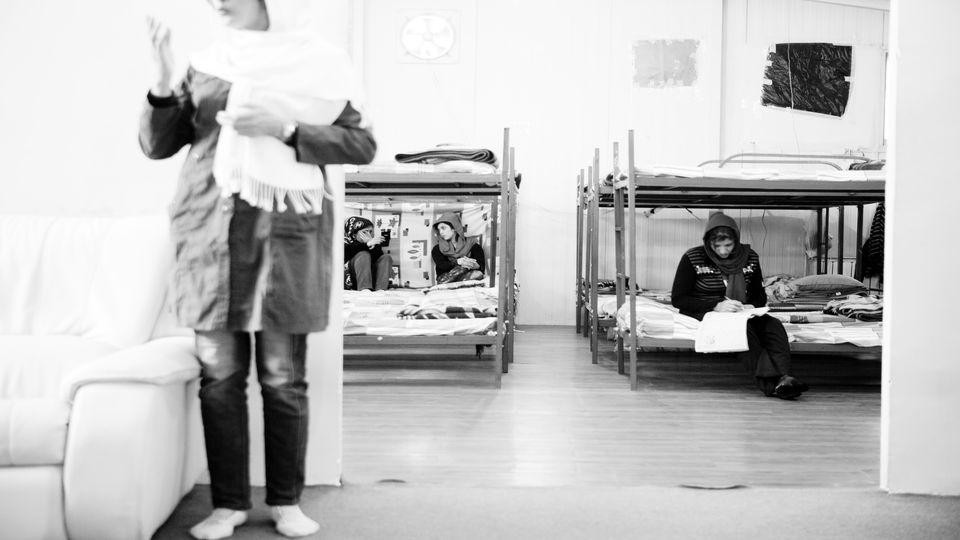
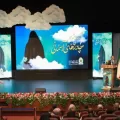


Leave a Reply